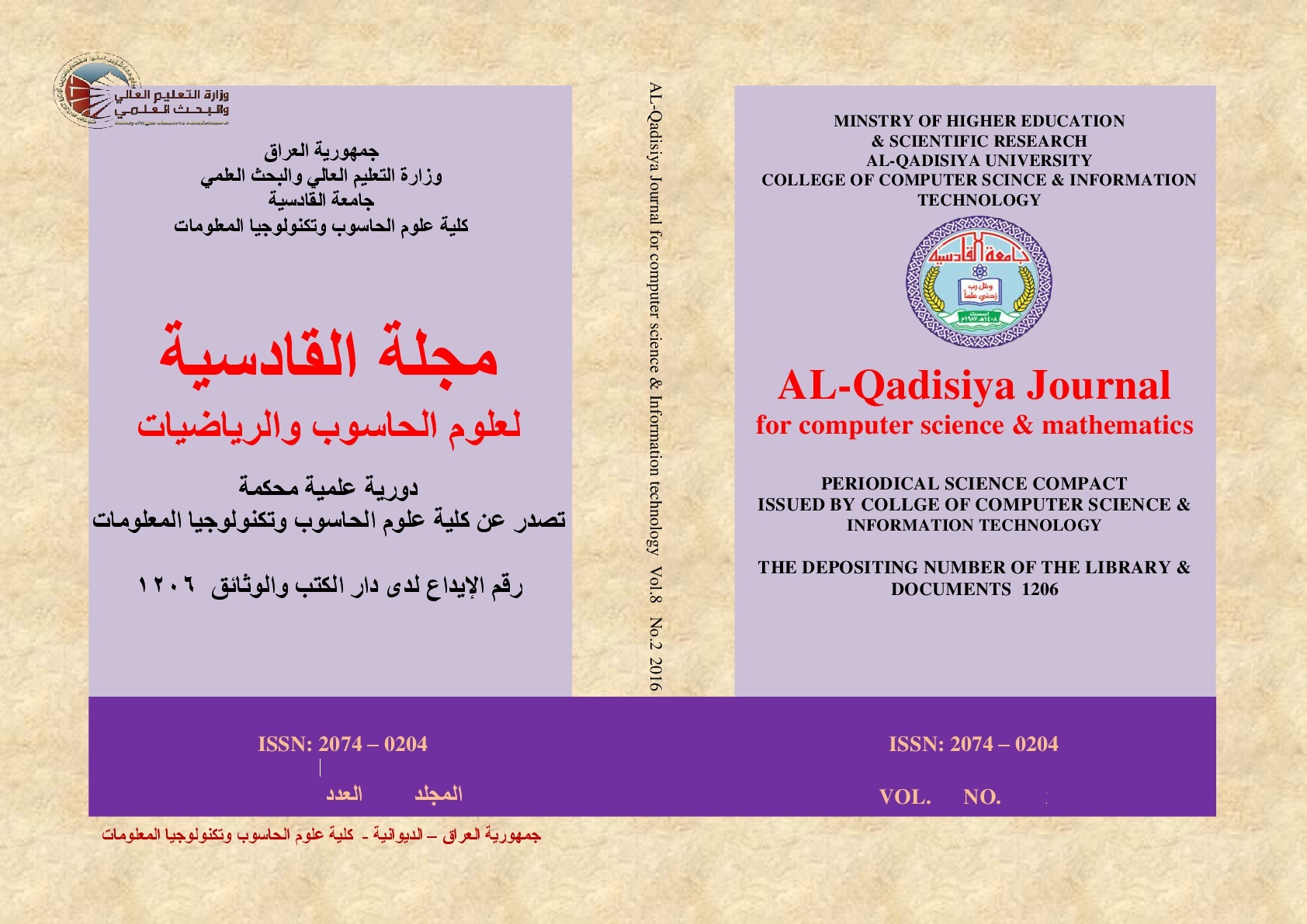Assessing the Influence of Advertisements on Social Interactions in Iraqi Dialect WhatsApp Groups Using BERT
DOI:
https://doi.org/10.29304/jqcsm.2025.17.22192Keywords:
BERT Model, Iraqi Dialect NLP, Social Interaction, WhatsApp Ads, NLP AnalysisAbstract
The widespread use of instant messaging applications, such as WhatsApp, has converted these platforms into dynamic venues for social interaction. The rising prevalence of commercial advertisements may negatively affect the quality of social connections. This study investigates the impact of ads on social interactions in WhatsApp groups using the Iraqi dialect, applying natural language processing and artificial intelligence techniques. We propose a methodology employing the BERT model to classify WhatsApp messages in the Iraqi dialect into three primary categories: advertisements, social discourse, and neutral communications. The primary objective is to assess the impact of advertisements on the dynamics of discussions among users in groups. A dataset comprising 5,000 messages was meticulously gathered and categorized into two classifications: advertisements and social discussions. The pre-trained CAMeLBERT model underwent fine-tuning on this dataset by incorporating a classification head and training for 50 epochs with a batch size of 8 and a learning rate 2e-5.Experimental results indicate that the model attained an F1-score of 97%, effectively differentiating between commercial communications and casual conversations. Approximately 35% of the messages were classified as promotional content. A conventional SVM model utilising TF-IDF features was implemented to assess performance, attaining merely 81.3% accuracy, underscoring the superiority of the transformer-based methodology. These findings indicate that the increasing prevalence of advertisements may discreetly disrupt the natural flow of conversations in digital communities, necessitating the implementation of sophisticated filtering systems.
Downloads
References
I. A. Omipidan and B. O. Sanusi, "Rise of social media in the digital age: Whatsapp a threat to effective communication," IMSU Journal of Communication Studies, vol. 8, no. 1, pp. 142-153, 2024.
H. Mustafa et al., "The Impact of Using WhatsApp Business (API) in Marketing for Small Business," in 2023 Tenth International Conference on Social Networks Analysis, Management and Security (SNAMS), 2023: IEEE, pp. 1-9.
S. Seljan, "Sublanguage in Machine Translation," in Proceedings of 23rd Int. Convention MIPRO, 2000.
R. F. Sabri and N. A. Abdullah, "Extremism Detection in the Iraqi Dialect Based on Machine Learning," Iraqi Journal of Science, 2025.
G. Ali, A. B. Hassanat, and A. S. Tarawneh, "Recognizing speech emotions in Iraqi dialect using machine learning techniques," in 2022 International Conference on Emerging Trends in Computing and Engineering Applications (ETCEA), 2022: IEEE, pp. 1-5.
B. Roy and S. Das, "Perceptible sentiment analysis of students' WhatsApp group chats in valence, arousal, and dominance space," Social Network Analysis and Mining, vol. 13, no. 1, p. 9, 2022.
P. Prajapati, R. Zaveri, and H. Shah, "Analysis and Prediction of the Sentiments of the WhatsApp Chat Using Sentiment Analysis," in International Conference on Smart Computing and Communication, 2024: Springer, pp. 261-271.
N. Kumar and S. Sonowal, "Email spam detection using machine learning algorithms," in 2020 Second International Conference on Inventive Research in Computing Applications (ICIRCA), 2020: IEEE, pp. 108-113.
N. Merrin Prasanna, S. Raja Mohan, K. Vishnu Vardhan Reddy, B. Sai Kumar, C. Guru Babu, and P. Priya, "Machine Learning Based Automated Disaster Message Classification System Using Linear SVC Algorithm," in International Conference on Intelligent Cyber Physical Systems and Internet of Things, 2022: Springer, pp. 869-879.
R. Kaushal and R. Chadha, "Hybrid Model for Sentiment Analysis of Whatsapp Data," in 2023 3rd International Conference on Advances in Computing, Communication, Embedded and Secure Systems (ACCESS), 2023: IEEE, pp. 215-220.
L. P. de Morais, A. da Silva Soares, V. da CM Borges, N. F. F. da Silva, and F. S. Pereira, "Sub-language Sentiment Analysis in WhatsApp Domain with Deep Learning Approaches," Revista de Sistemas de Informaçao da FSMA, no. 31, pp. 32-47, 2023.
S. Susandri, S. Defit, and M. Tajuddin, "Enhancing text sentiment classification with hybrid CNN-BiLSTM model on WhatsApp group," J. Adv. Inf. Technol, vol. 15, no. 3, pp. 355-363, 2024.
S. Kalakala, "A rule based sentiment analysis of whatsapp reviews in Telugu language," 2021.
O. Obeid et al., "CAMeL tools: An open source python toolkit for Arabic natural language processing," in Proceedings of the twelfth language resources and evaluation conference, 2020, pp. 7022-7032.
M. A. Humayun, H. Yassin, J. Shuja, A. Alourani, and P. E. Abas, "A transformer fine-tuning strategy for text dialect identification," Neural Computing and Applications, vol. 35, no. 8, pp. 6115-6124, 2023.
S. Aftan and H. Shah, "A survey on bert and its applications," in 2023 20th Learning and Technology Conference (L&T), 2023: IEEE, pp. 161-166.
Downloads
Published
How to Cite
Issue
Section
License
Copyright (c) 2025 Ghosoon K. Munahy

This work is licensed under a Creative Commons Attribution-NonCommercial-NoDerivatives 4.0 International License.













